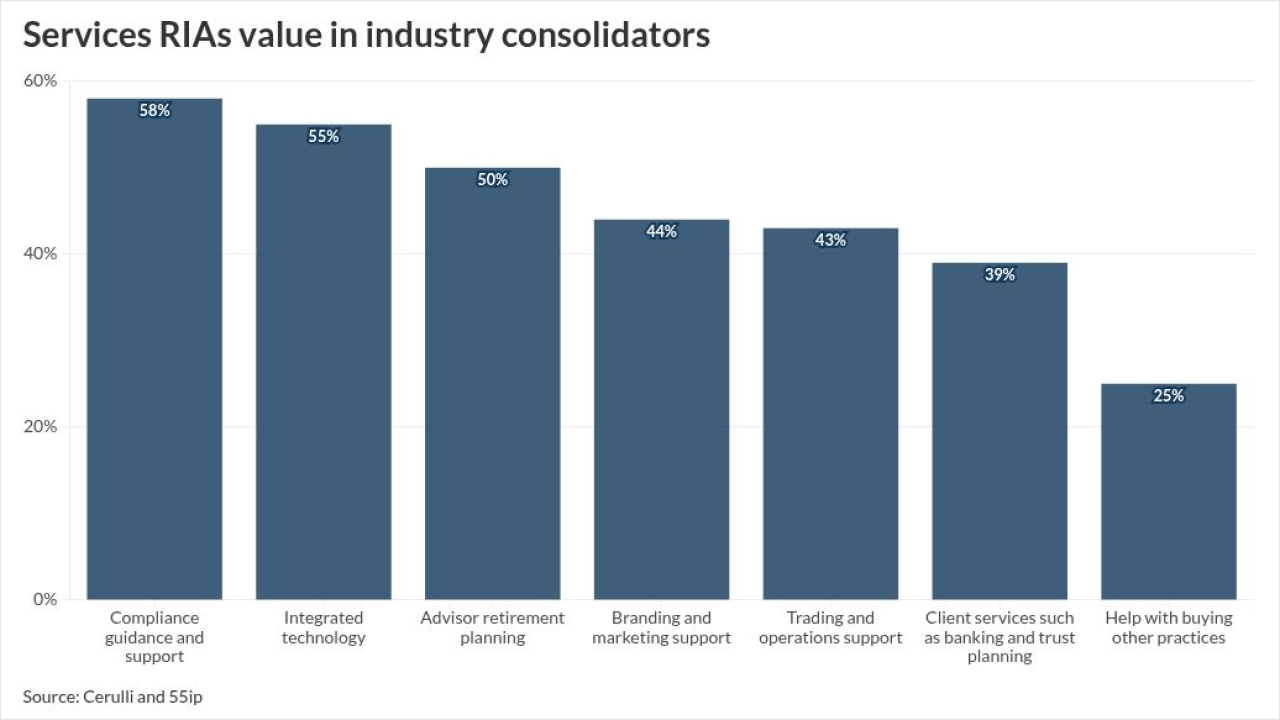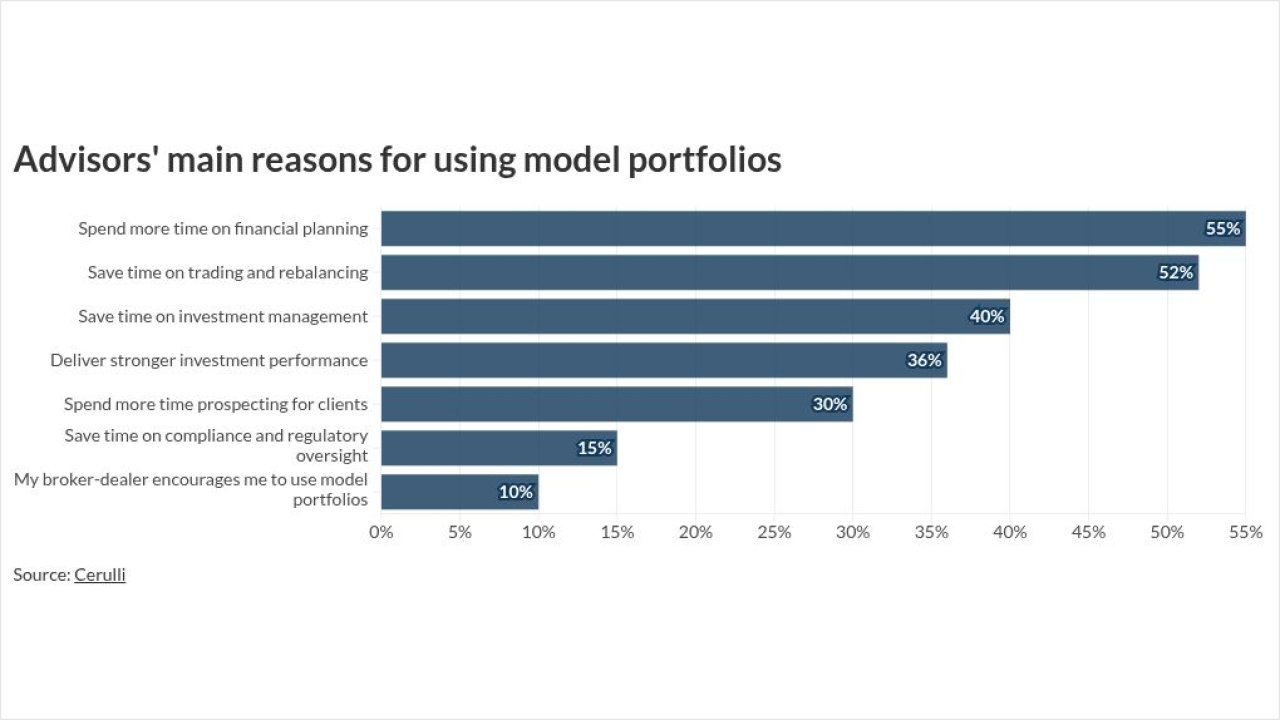The budget deal in February averted yet another government shutdown. But the game of federal brinkmanship, highlighted by a 34-day shutdown, offers important planning lessons that too often get ignored.
The shutdown threw 800,000 federal employees for a loop when they were forced to go without pay. And many of them — seeing their usual paychecks being held hostage during the ordeal — were forced to break one of the cardinal rules of financial planning by tapping into their retirement savings.
Advisors often remind clients that they shouldn’t borrow for their retirement. This idea creeps up
Taking tax-deferred money out of a retirement account often comes with penalties. Moreover, if it’s withdrawn in the form of a loan, the borrower is creating more debt for themselves, notes Salene Hitchcock, president of individual life insurance group at Prudential. Plus, it’s obviously no longer working in the market for them, she says.

The impact of the government shutdown on federal workers and their families highlighted that many Americans are not prepared to weather even a slight disruption to their income, the Prudential survey says.
“It’s very obvious that day-to-day budgeting in many households is still not in a good place,” Hitchcock says. “With financial advisors that I have worked with over the years who start with planning or a needs-analysis as a base way to understand their clients, conventional wisdom is to have a minimum of three months’ cash for emergencies.”
Many advisors prefer six months or even more.
“One of the steps that is often missed if [clients] aren’t working with a true planner is that [they] have to have emergency funds set aside,” says Susan Brown, a Wells Fargo advisor. “It’s the first conversation we have with all of our clients.”
Brown typically recommends clients set aside between six and 12 months of living expenses.
“It’s the piece that can really ruin a planning strategy if [clients] don’t have this cushion set aside,” she says. Past federal shutdowns haven’t run as long as the most recent one, so that 26% of people who dipped into their retirement tells Brown that “Americans simply don’t plan for emergencies.”
-
As the SEC furloughs workers, the consequences are rippling across the entire wealth management industry.
January 18 -
Financial advisors and their firms are providing zero-interest loans, free counseling and fresh ideas for some 800,000 federal workers going without pay.
January 18 -
About 19% of adults support elderly family members in some way.
February 13
Indeed, 11% of federal workers had no emergency savings heading into the shutdown, and fully 62% of those surveyed went through most or all of their savings by the time the shutdown ended.
To be sure, the general population is not much better. While 83% of U.S. investors say that are very well prepared to deal with an unexpected expense of $1,000, this confidence plummets to 55% for a $5,000 expense, and down to 33% for a $10,000 expense, according to a 2018 Wells Fargo/Gallup survey.
Another step for advisors: Explore with clients how much they may be deferring in their employer sponsored plan and what other benefits and options employers might offer for emergency savings.
A potential plus from all of this? Federal workers, as well as the general population, are ready to take action in securing their finances, creating a slew of potential new clients for advisors.
About 62% of government workers and their spouses — and 34% of the general population — now plan to add money to an existing emergency fund. Ten percent of government employees without an emergency fund plan to start one — as does 11% of the general population.





